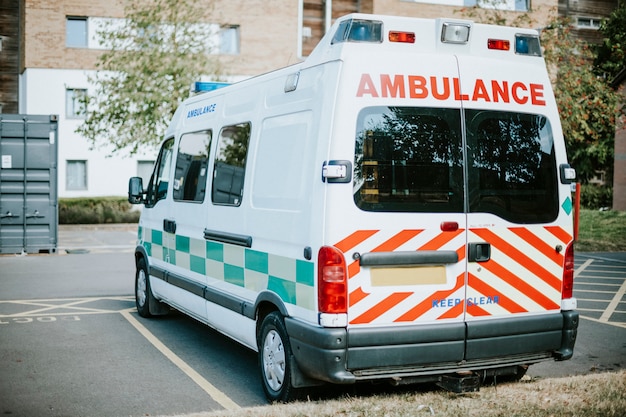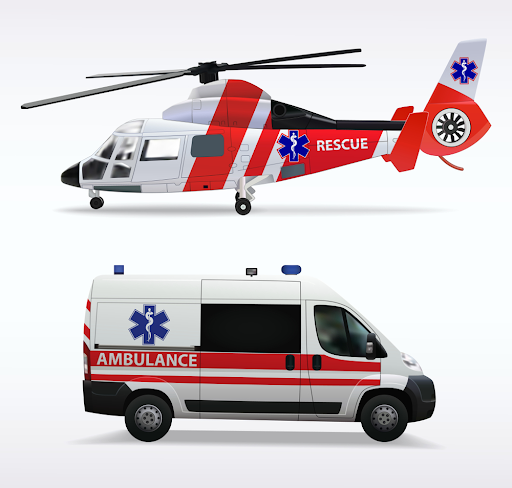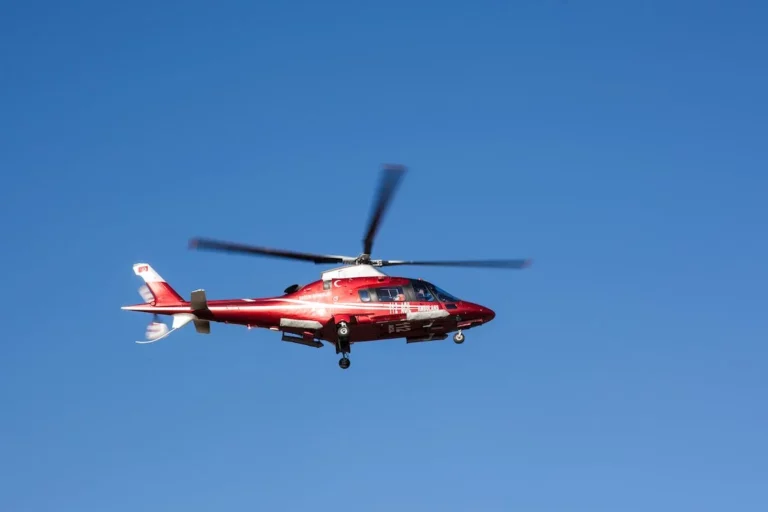Air Ambulance vs. Ground Ambulance: Understanding the Differences
Medical emergencies can happen anytime and anywhere, and timely intervention is critical in saving the lives of individuals in need. There have been several cases where patients died after experiencing trauma or an accident before being transported to the hospital. Transporting such individuals during this period is of utmost importance and hence, ambulances were invented.
An ambulance is used to convey injured or critically ill individuals to the hospital for proper treatment. Ambulances can come in the form of vehicles, airplanes, helicopters, etc., and they are staffed by trained health professionals. These professionals can be referred to as first responders.
Ambulances are specially equipped with medical supplies and equipment that can be used to stabilize patients. Some of these medical equipment include:
- medications
- ventilators
- monitoring units
- ECGs
- CPR equipment
- stretchers
- portable blood gas analyzer
- oxygen and oxygen masks
- defibrillators
- bandages, etc.
The choice of transportation in a medical emergency is critical and can be influenced by a series of factors such as distance, cost, etc. This article covers the differences between air and ground ambulances.
Ground Ambulance
A ground ambulance is a medically equipped vehicle designed to provide special medical care at the scene of a medical emergency and conveys the injured to a medical facility for proper treatment. It is the most commonly used mode of transportation for medical emergencies. A team of emergency medical technicians or paramedics with advanced training is always on board to provide medical support.

Air Ambulance
An air ambulance is a specially outfitted aircraft equipped with medical devices and supplies that can be used to transport individuals in need of urgent medical care to the hospital. An air ambulance could be a helicopter or fixed-wing aircraft. It is a faster means of transportation used in places where ground ambulances are less effective or over long distances. It is mostly employed to safely transport critically ill individuals or those suffering from a life-threatening medical condition such as a heart attack across far distances or places with poor road connectivity. An air ambulance can also be used to convey a patient from one medical facility to another. The first responders in an air ambulance are specially trained to handle severe medical issues and they are well-equipped. They can also provide intensive care support.

Differences between air ambulances and ground ambulances
- Availability – There is a general belief that it takes a while to prep an air ambulance to get to the location of a critically ill patient. Hence, people think that ground ambulances are a good choice. However, air ambulances can go for travels on the same day they were contacted. They can as well get the patient safely to a medical facility within the expected time.
- Distance – Unlike ground ambulances, air ambulances are faster and can cover more distance in a shorter time, shortening the patient’s journey time. An air ambulance can also be used to convey critically ill persons internationally. Ground ambulances are best preferred for shorter distances.
- Remote locations – In a medical emergency where individuals in need of urgent medical care are located in remote areas with poor road connectivity, air ambulances are the better option when compared to ground ambulances. If ground ambulances were to be used in areas with bad roads, they would most likely have a bumpy ride.
- Cost – When compared with ground ambulances, the cost of using an air ambulance is expensive. The costs of air ambulances are usually influenced by several factors such as the severity of the patient’s case, the distance traveled (locally or internationally), the type of aircraft used, and the number of medical professionals on board. The price also varies based on if the flight was done internationally or locally.
- Safety – It is less likely for an air ambulance to have an accident. However, the risk of having an accident on the road is high because of other vehicles which ply the road. An advantage of air ambulance is the fact that the cabin pressure can be adjusted to safely transport the patient with comfort. Ground ambulances can also experience traffic which may delay the transfer of a patient to a medical facility. The delay may endanger the patient’s life.
- Extra passengers and luggage – An air ambulance can take several passengers and luggage. However, a ground ambulance can only take one individual who is close to the patient and has minimal luggage.
- Flexibility – Air ambulances do not only fly to major airports as it is the fear of several individuals. They can also be flown to small regional and lesser-known airports close to the patient’s home.
- Dependence on the weather – Air ambulances depend greatly on the weather, as bad weather conditions could cause turbulence. This could greatly affect the transfer of the patient. Ground ambulances can move on the road without worrying about the weather.
The importance of ambulances cannot be overemphasized, and they have helped save millions of lives across the globe. Ambulances come in different forms; there are ground ambulances and air ambulances. While ground ambulances are the most commonly utilized type of ambulance used; air ambulances serve as a better, safer, and faster alternative in very critical conditions. Understanding the difference between both is important when considering transporting patients to medical facilities. The decision-making will be dependent on several factors such as the severity of the patient’s condition, location, etc. Overall, patients and relatives are advised to remain calm and properly evaluate the situation of thing before making a decision. This will ensure that the best outcome is gotten.
The information provided in this blog is for educational purposes only and should not be considered as medical advice. It is not intended to replace professional medical consultation, diagnosis, or treatment. Always consult with a qualified healthcare provider before making any decisions regarding your health. Read more




